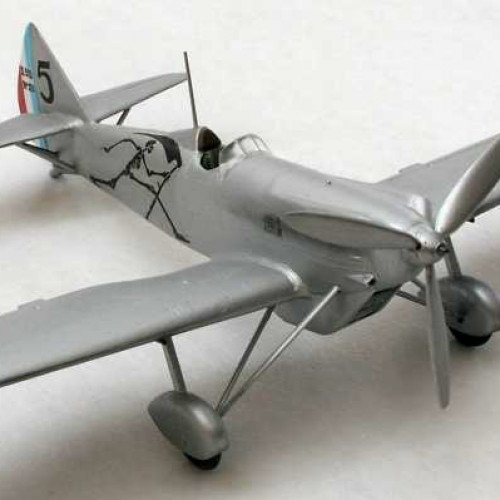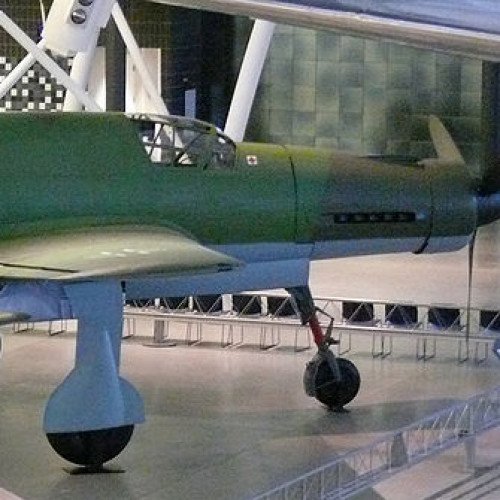Dewoitine D.500 vs Dornier Do 335

Dewoitine D.500
The Dewoitine D.500 was an all-metal, open-cockpit, fixed-undercarriage monoplane fighter aircraft designed and produced by French aircraft manufacturer Dewoitine. Developed from a specification issued by the French Air Ministry during 1930, the D.500 was developed to be a more capable replacement to the Nieuport 62. Ordered by the French Air Force during November 1933 and introduced in its initial model during 1935, the design was developed into several variants, most notably the D.510, which was re-engined with the more powerful Hispano-Suiza 12Ycrs powerplant. It proved to be a relatively popular aircraft during the Interwar period; in France, in addition to the French Air Force's units, a specialised model of the type, the D.501, was also procured by the French Naval Aviation for carrier operations. Beyond its use in France, the D.500 saw several export sales and evaluations by prospective major customers including the Empire of Japan, the Soviet Union, and the United Kingdom. The D.500/D.501 saw combat with several operators. During the Spanish Civil War, it was surreptitiously supplied to the Spanish Republican Air Force; it was also flown by the Republic of China Air Force against the invading Japanese during the Second Sino-Japanese War. During the late 1930s, the type was largely superseded by a new generation of French fighter aircraft, these typically featured further innovations such as enclosed cockpits and retractable undercarriages, and included the design's direct successor, the Dewoitine D.520. Despite being largely obsolete, both D.500s and D.510s were operated by the French Air Force during the initial months of the Second World War, the latter remaining in use up to the end of the Battle of France and signing of the Armistice of 22 June 1940 between France and Nazi Germany.
Statistics for this Xoptio

Dornier Do 335
The Dornier Do 335 Pfeil ("Arrow") was a Nazi Germany World War II heavy fighter built by the Dornier company. The two-seater trainer version was called Ameisenbär ("anteater"). The Pfeil's performance was much better than other twin-engine designs due to its unique push-pull configuration and the lower aerodynamic drag of the in-line alignment of the two engines. It was Nazi Germany's fastest piston-engined aircraft of World War II. The Luftwaffe was desperate to get the design into operational use, but delays in engine deliveries meant that only a handful were delivered before the war ended.